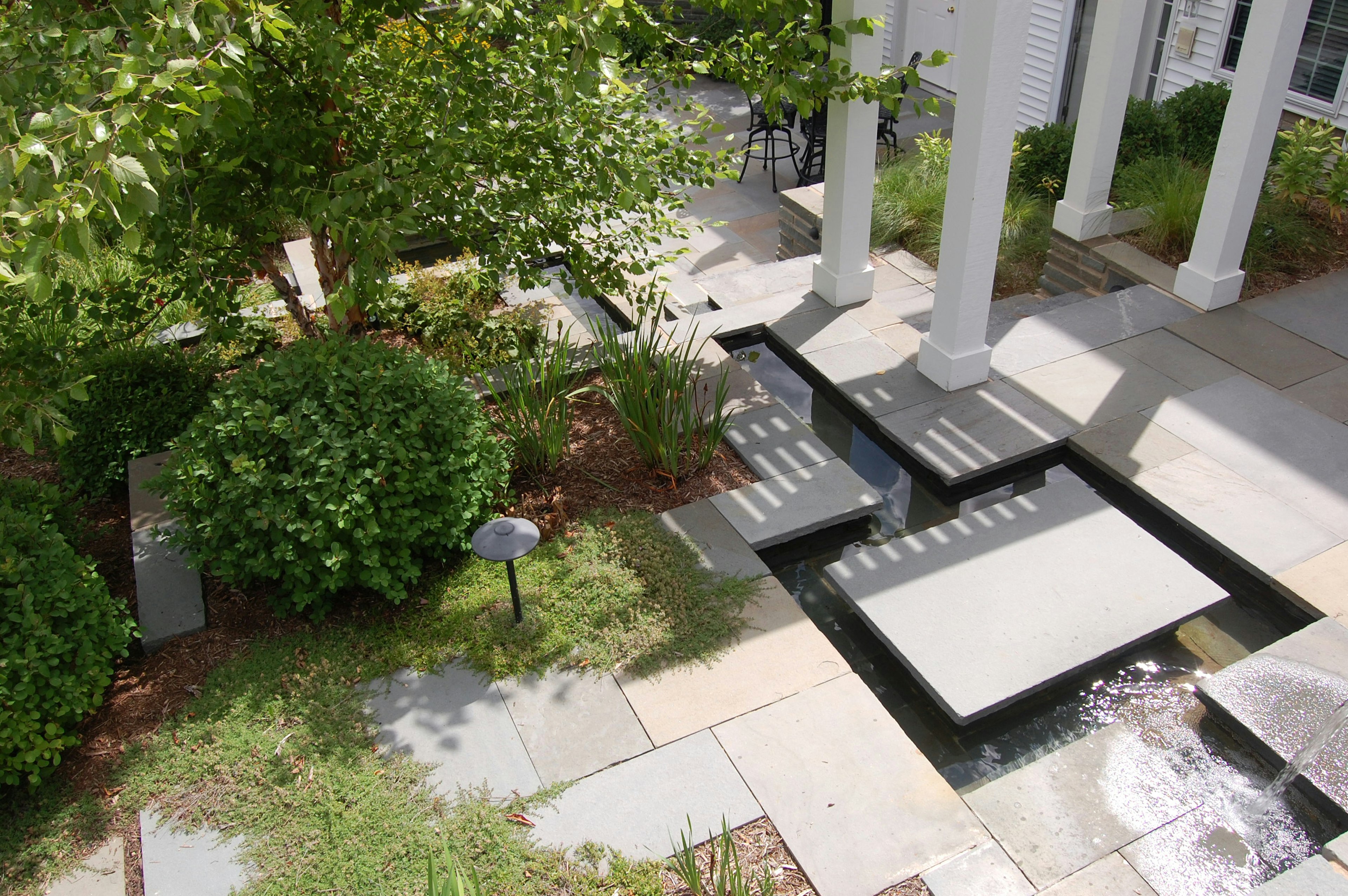
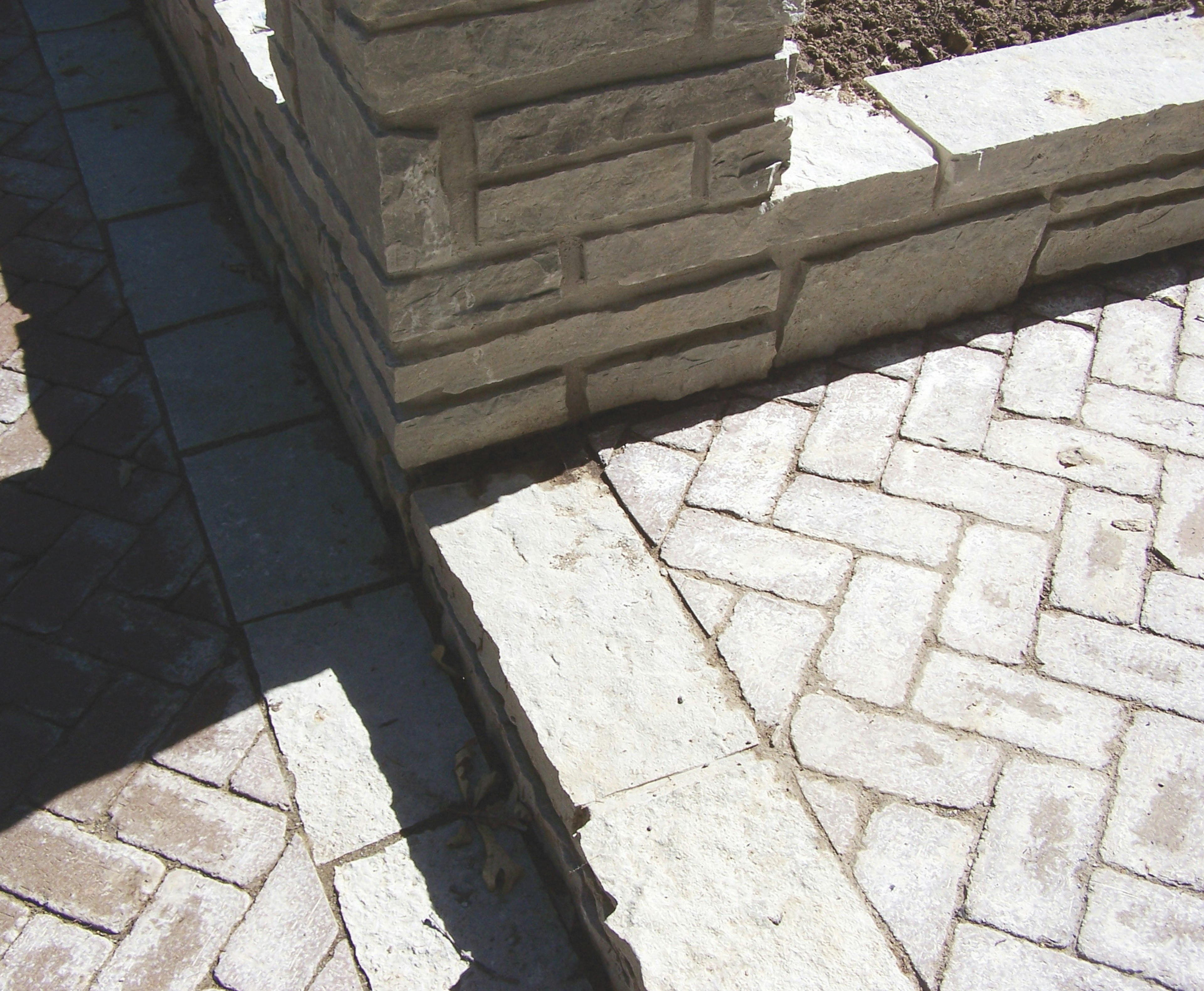
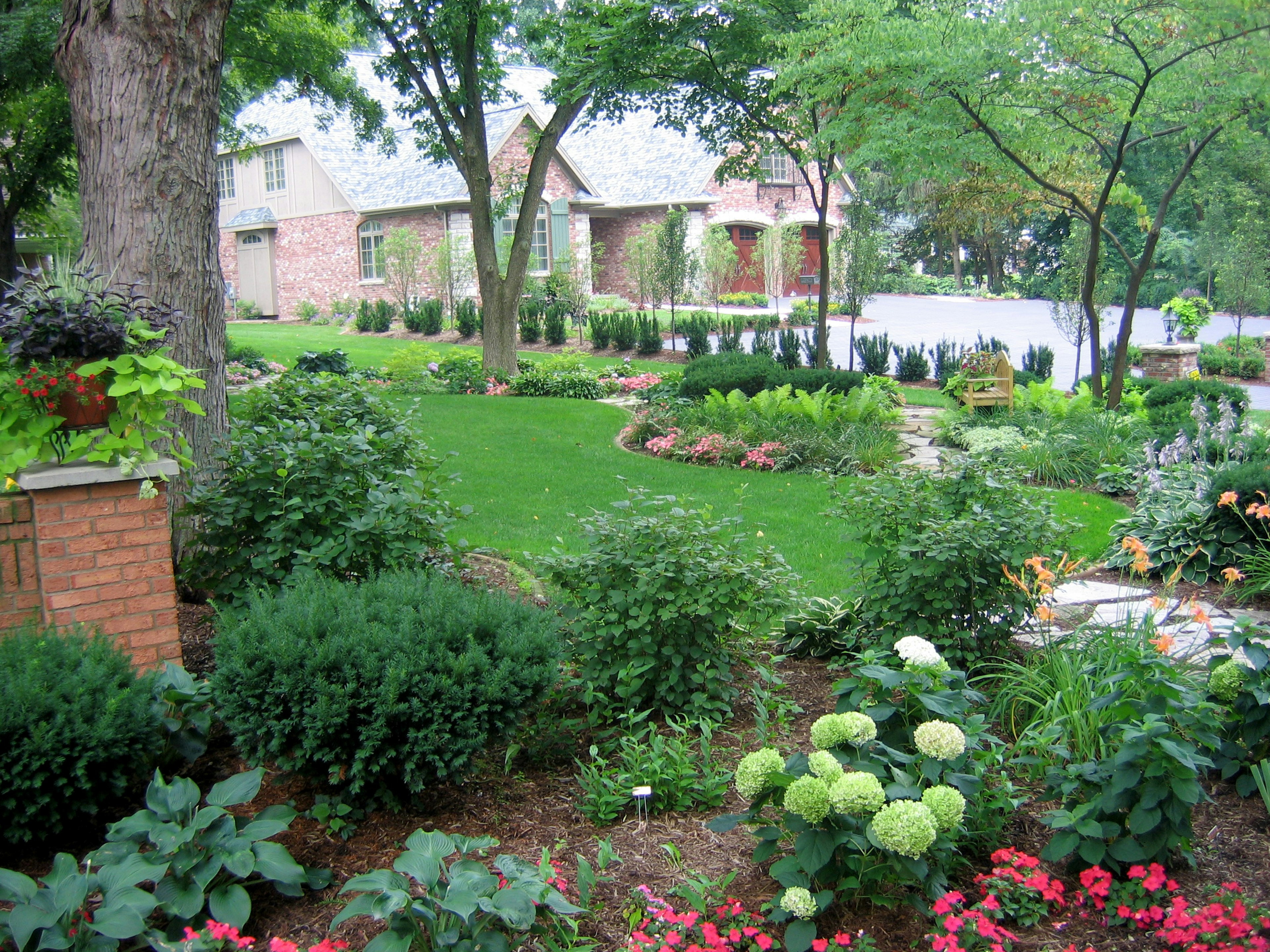
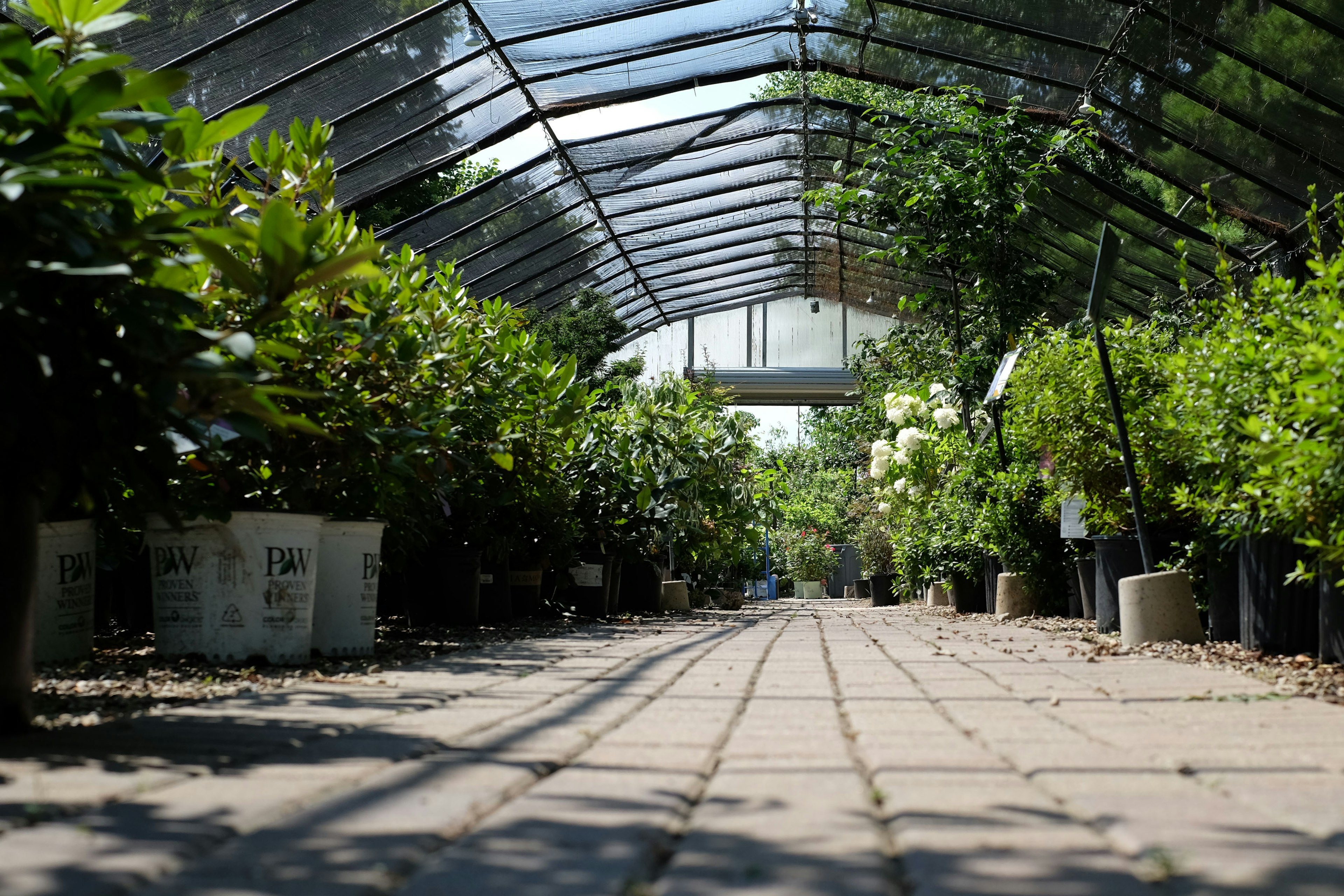
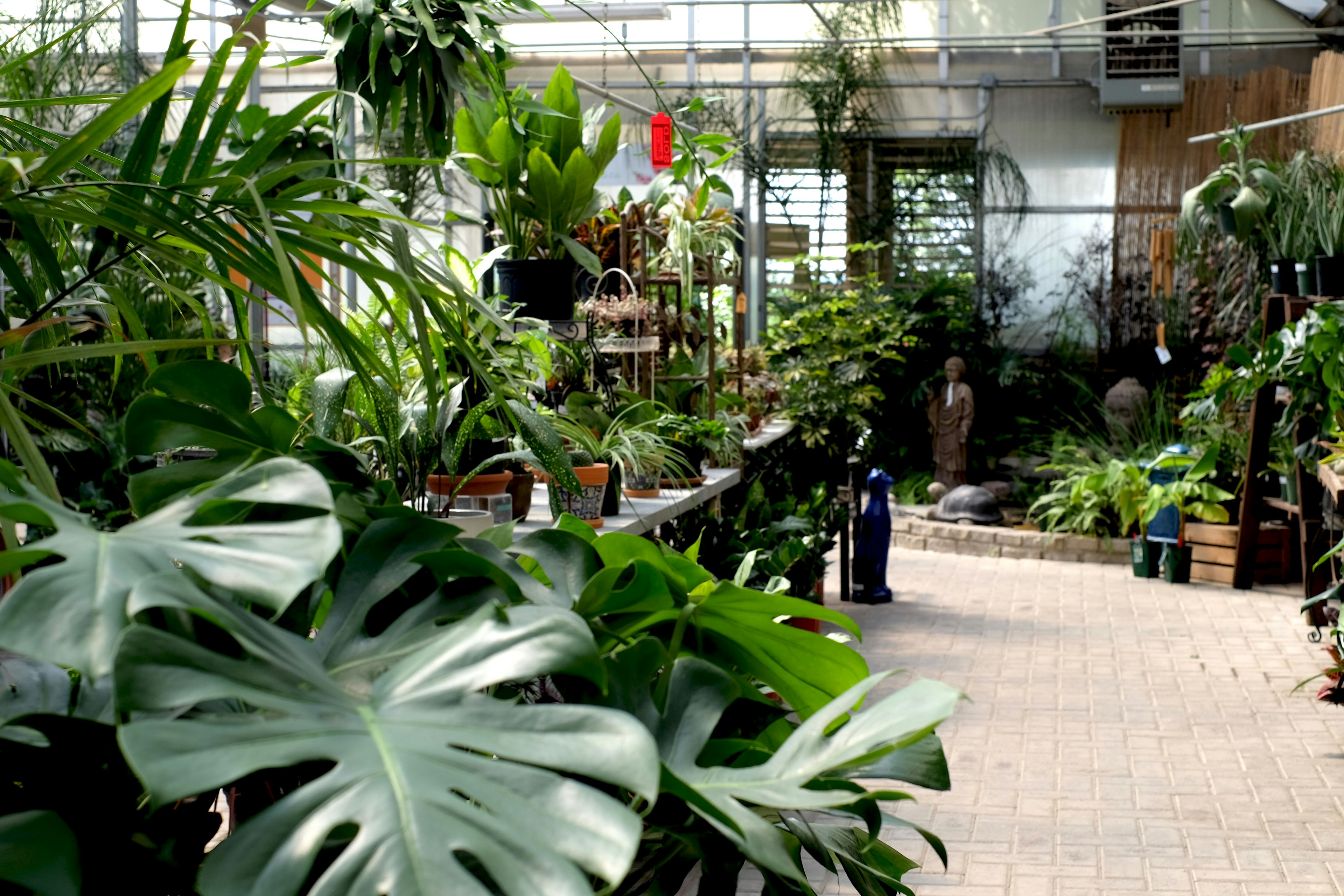
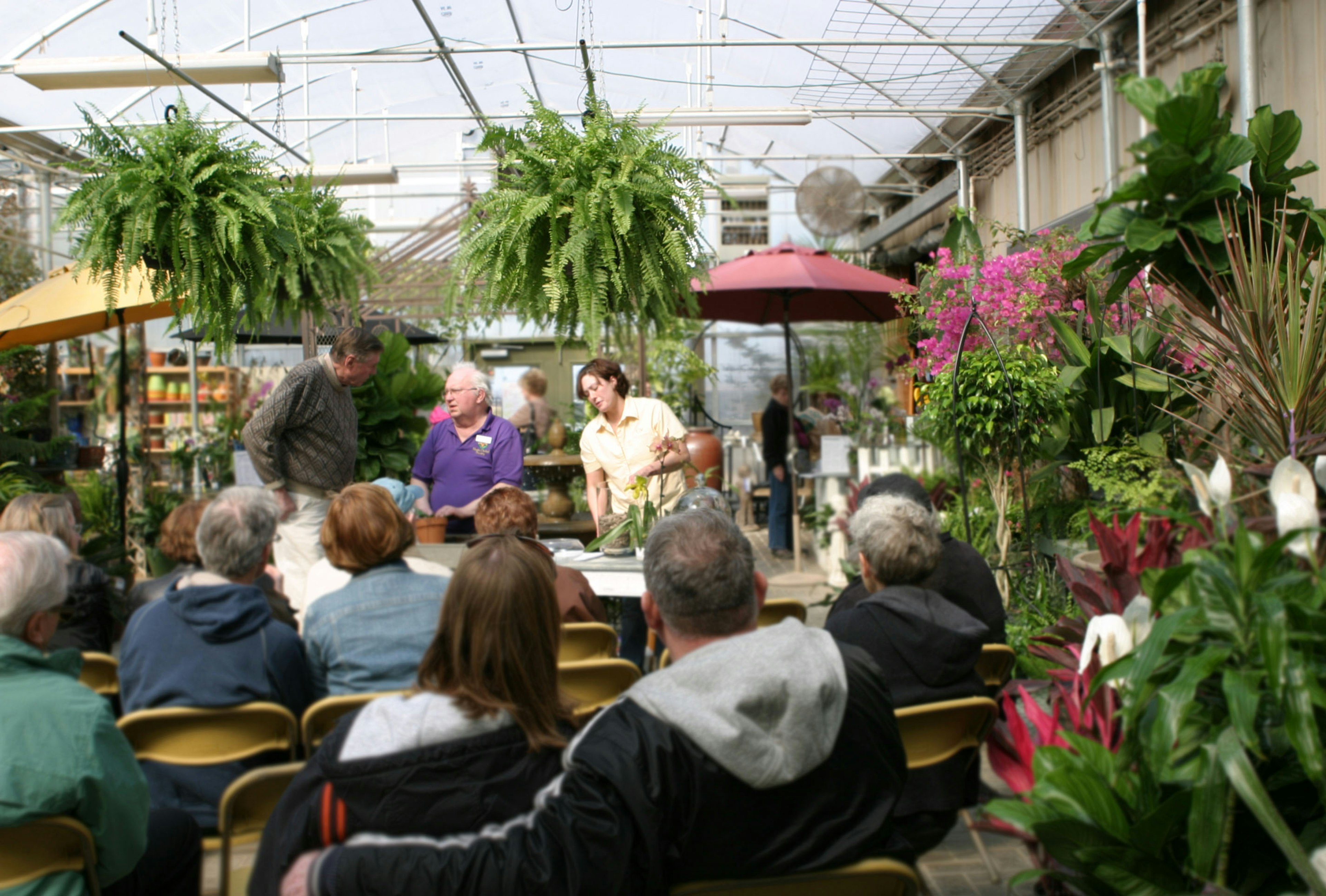
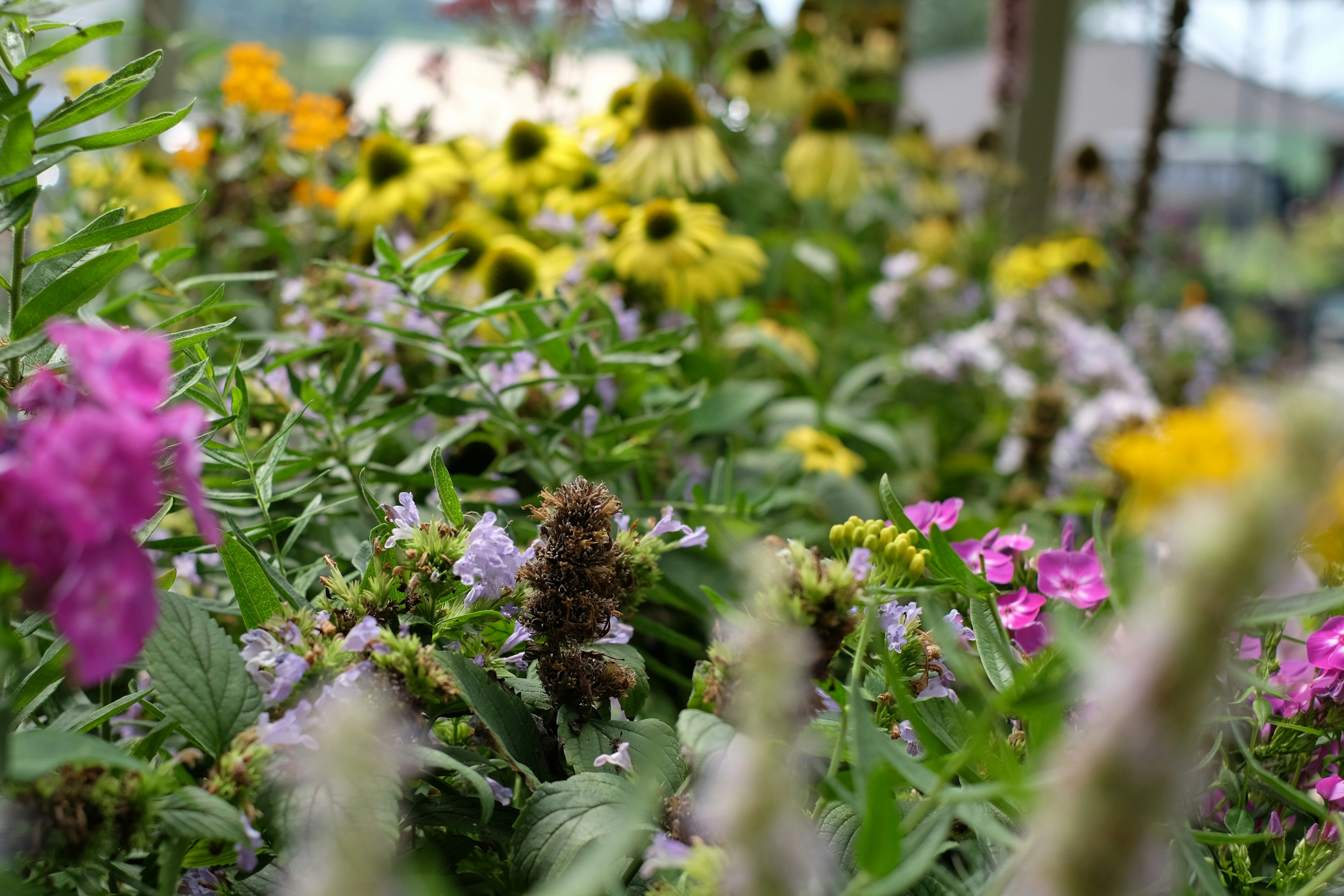

Garden Center
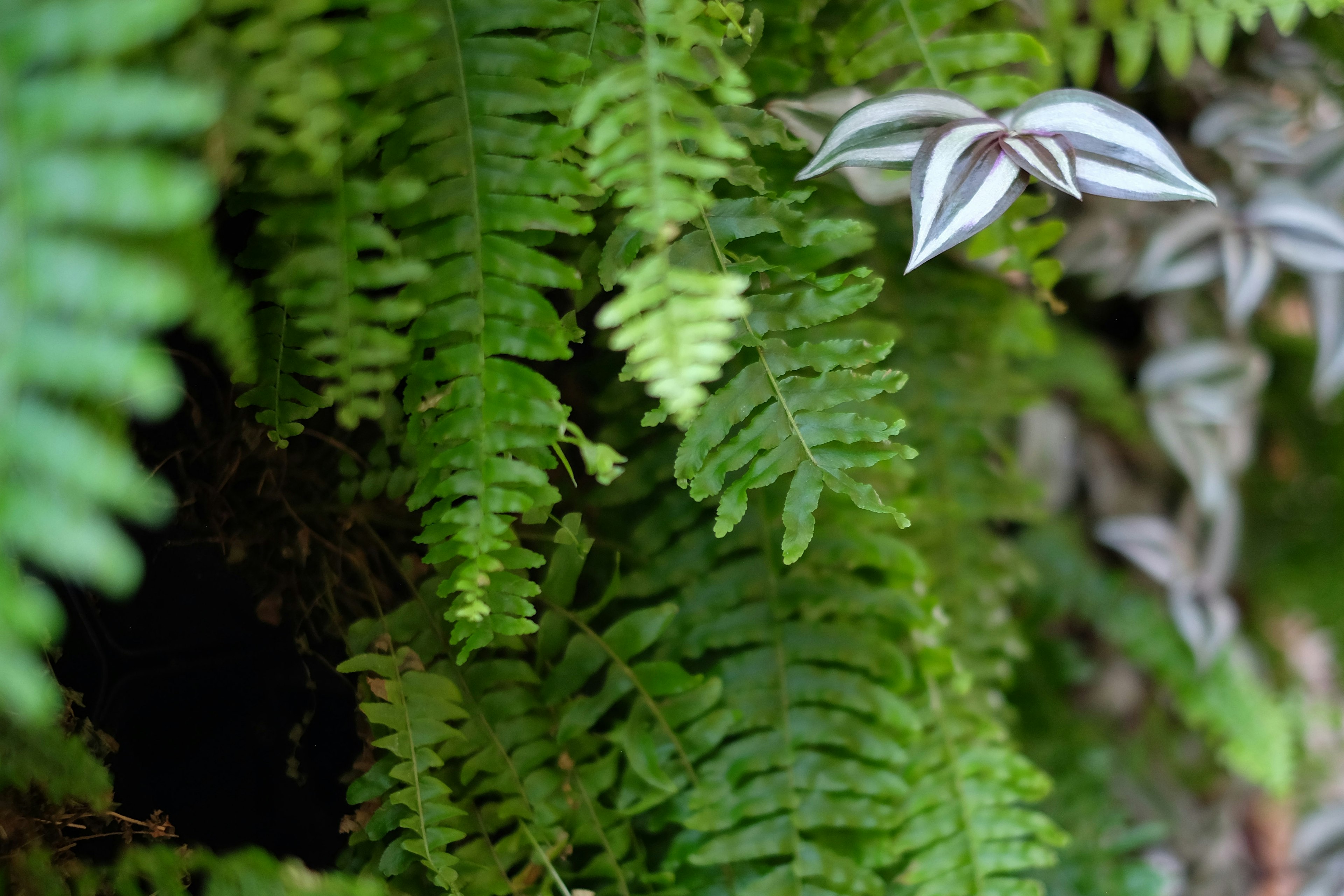
Heat and Drought-tolerant Native Plants

There's no question: it's been hot, hot, hot! Despite the rainstorms that have swept through Central Illinois in the past week, the effects of our recent drought are still noticeable in many home landscapes.
If you've taken a walk through your own garden this week, you're probably noticing your plants looking a bit perkier thanks to the rain. With some knowledge of native plants, you'd probably notice something else, too: the plants that seem less affected by the intense heat wave (i.e. less leaf curling, fewer stunted blooms, not as many shriveled leaves lower down the stems) are the plants that are native to our area!
Geologically, what sort of plants grow best here?
While weather patterns vary each year, central Illinois enjoys relatively stable climate conditions thanks to the warm, wet air moving north over the Gulf of Mexico colliding with the cold, dry air sweeping south from Canada. When these air masses come together above the great plains, the result is rolling storms that drench the prairie, woodland, and grasslands between the Rockies and Appalachia. The plants native to this region are perfectly adapted to handle a range of weather conditions from torrential downpour to intense drought, which means a lower-maintenance garden where these plants have been chosen.
Ornamental plants not native to our area are more likely to require extra attention to thrive during times of intense heat and drought, and even natives will need a hand when weather ventures beyond the norm, so always be sure to keep an eye out for drooping stems and wilting foliage!
Recommendations for Drought-tolerant Natives
In compiling this list, we chose plants that are highly drought tolerant. This means that they are revered for their ability to persist without supplemental water, often resisting withering, wilting, yellowing, and dropping leaves for impressive amounts of time. Please remember that even the most resilient plants will need extra attention during their first 2 years in the ground, and possibly into their mature years during particularly hot/dry periods.
- Purple Prairie Clover (Dalea purpurea)
- Full sun
- Height: 2-3'
- Tolerant of poor soil; compost will ensure good growth
- Fun, interesting purple blooms that attract bees and butterflies
- Coneflower (Echinacea sp.)
- Full to partial sun
- Height: 1-3'
- Prefers loam/clay soil
- Classic cone-shaped flowers in a variety of colors (purple, red, orange, yellow, white)
- Attractive to pollinators
- Orange Butterfly Weed (Asclepias tuberosa)
- Full sun
- Height: 1-3'
- Prefers sandy/rocky (well-draining) soil
- Host plant to monarch caterpillars
- Star-shaped orange blooms persist through summer
- Blazing Star (Liatris aspera)
- Full sun
- Height: 2-5'
- Tolerant of poor soil; compost will ensure good growth
- Attractive to pollinators, especially monarch butterflies
- Spikes of purple flowers are great for the back edge of pollinator pockets
- Prairie Dropseed (Sporoblus heterolepis)
- Full to partial sun
- Height: 1-2'
- Prefers loamy/rocky soil
- Good choice for preventing erosion
- Attracts songbirds
- Little Bluestem (Schizachyrium scoparium)
- Full sun
- Height: 2-3'
- Tolerant of poor soil
- Attractive blue-green tinted foliage
- Good choice for preventing erosion
- Short's Aster (Symphyotrichum shortii)
- Partial sun
- Height: 2-4'
- Prefers loamy/rocky soil
- Hosts butterfly caterpillars, attracts bees and songbirds
- Blooms late in the season
- Christmas Fern (Polystichum acrostichoides)
- Partial sun to full shade
- Height: 1.5-2.5'
- Prefers loamy/rocky soil
- Woodland Sunflower (Helianthus divaricatus)
- Partial sun
- Height: 2-6'
- Prefers loam/clay soil
- Hosts caterpillars, attracts bees and songbirds
- Wild Columbine (Aquilegia canadensis)
- Partial sun to shade
- Height: 2-3'
- Prefers sandy/rocky (well-draining) soil
- Interesting blooms that attract bees and hummingbirds
- Anemone (Anemone virginiana)
- Partial sun to shade
- Height: 1-2.5'
- Prefers loamy soil
- Great for shady borders\
- Pennsylvania sedge (Carex pensylvanica)
- Partial sun to shade
- Height: .5-1'
- Prefers loamy soil
- Hosts caterpillars and attracts songbirds
We hope this list has given you some ideas for plants to introduce to your landscape. These plants can really take the heat, ensuring a lower-maintenance garden for you while also guaranteeing happy pollinators and songbirds. If you have questions about plant selection, maintenance, and helping your garden recover from this intense drought, give our knowledgeable staff at the garden center a call. We are happy to help! Stay cool out there!